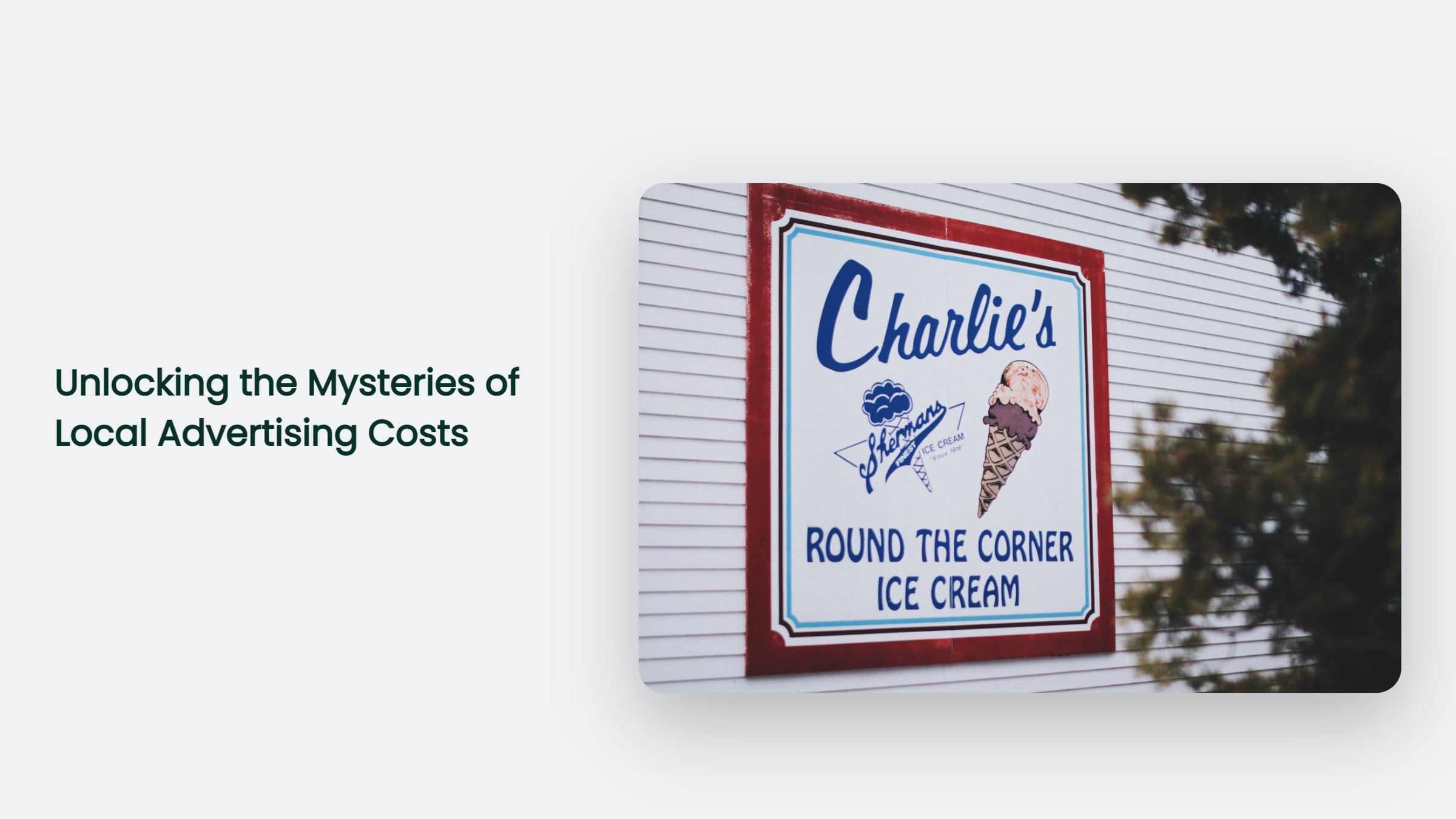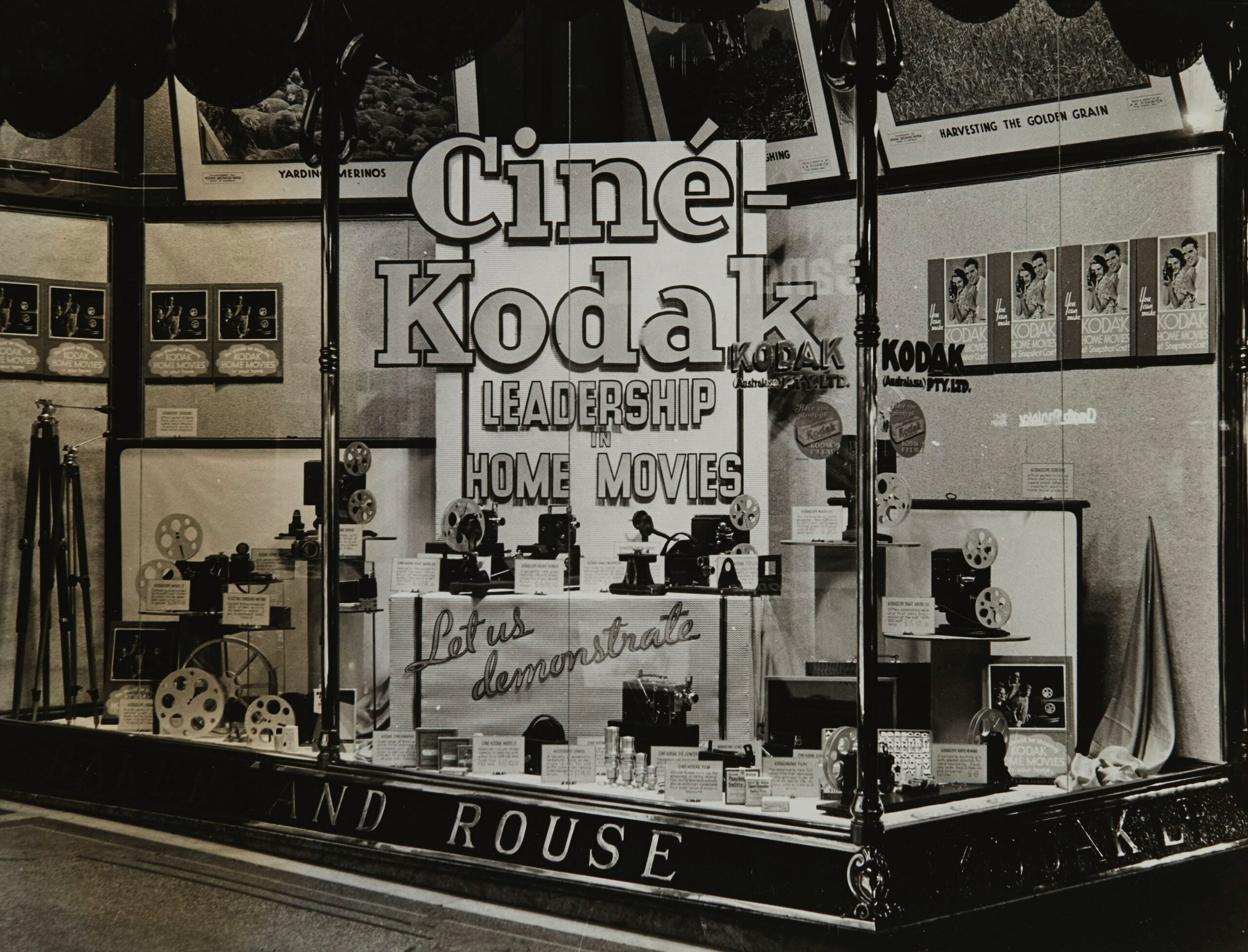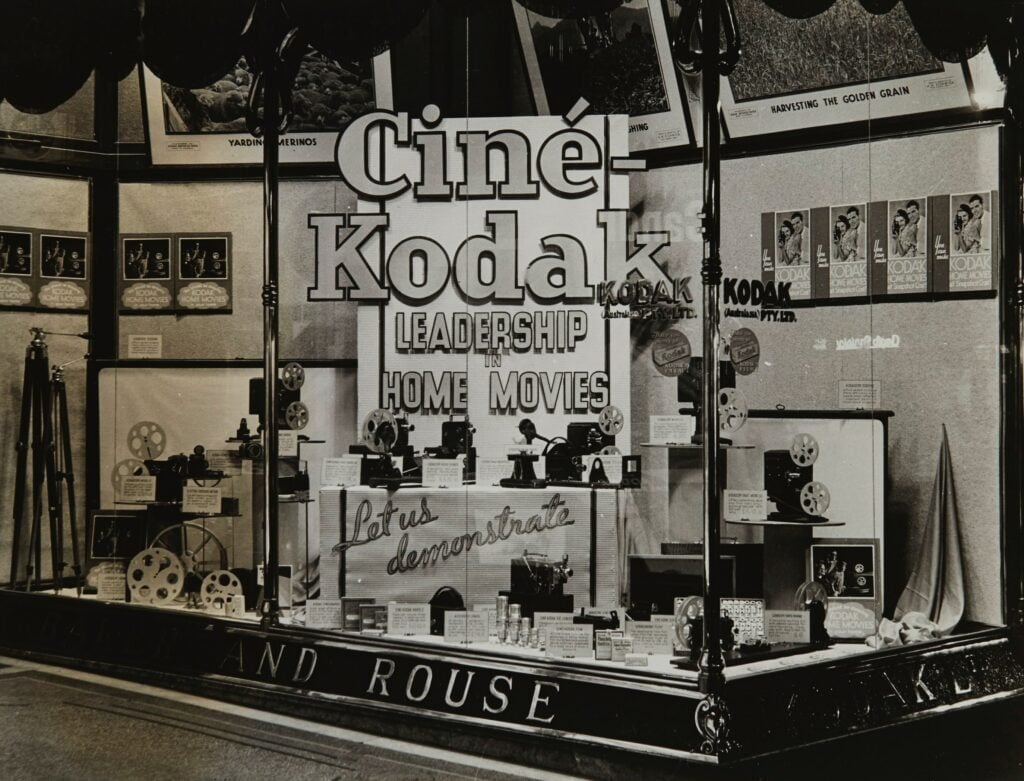When it comes to advertising, local businesses have a unique opportunity. Not only can they target potential customers in their immediate area, but they can also tailor their ads specifically to the shopping centres and areas where those potential customers are likely to be.
But what’s the cost of advertising in local malls and shopping centres? And which type of advertising is most effective for local businesses?
This blog post will look at local advertising costs and explore some of the most effective ads for small businesses.

Table of Contents
The cost of advertising in local malls and shopping centres can vary depending on several factors.
The cost of advertising in local malls and shopping centres can vary depending on several factors. The size of the mall or shopping centre, the location, the type of advertisement, and the time of year are all important considerations when determining the cost of advertising.
The size of the mall or shopping centre is one of the most important factors in determining the cost of advertising. Larger malls and shopping centres will typically charge more for advertising than smaller ones. It is because they have more foot traffic and more people will see the advertisement.
Location is also important to consider when determining the cost of advertising in a mall or shopping centre. Advertising near high-traffic areas will typically cost more than advertisements in lower-traffic areas. It is because more people will see the ad and have a more significant impact.

The type of advertisement is another important consideration when determining the cost of advertising in a mall or shopping centre. Advertising that is interactive or engaging will typically cost more than static advertisements. These advertisements are more likely to capture people’s attention and produce results.
Finally, the time of year can also affect the cost of advertising in a mall or shopping centre. Advertising during peak periods, such as during the holiday season, will typically cost more than during non-peak periods. It is because there is more foot traffic during these times and advertisers are willing to pay more to reach this more extensive audience.
Local businesses can benefit from targeting potential customers in their immediate area.
For several reasons, local businesses can benefit from targeting potential customers in their immediate area.
First, customers who live close by are more likely to be familiar with the business and what it has to offer. They may have heard about the business through word-of-mouth from friends or family or seen it while driving or walking around the neighbourhood.
Second, local customers are more likely to be loyal to businesses that are located nearby. They may appreciate the convenience of stopping by the store or office without travelling far or feel a sense of community with the business.
Finally, local businesses can utilise marketing opportunities targeting specific geographic areas. For example, they can distribute flyers in neighbourhoods where they know potential customers live or sponsor local events that will attract people from the surrounding community.
Local businesses can increase their chances of success by targeting potential customers who live nearby.
Tailoring ads specifically to the shopping centres and areas where potential customers are likely to be can be effective for local businesses.

There are a few things to consider when attempting to tailor ads specifically to the shopping centres and areas where potential customers are likely to be.
First, it is important to understand who the potential customers are and what they are likely to be interested in. It can be done through market research or by asking people in the area what they would be interested in seeing.
Once this information is gathered, it can be used to create ads more likely to appeal to those potential customers. Additionally, it is important to consider where potential customers are likely to see the ads.
It may mean placing them in strategic locations within the shopping centre or targeting areas with high foot traffic. By considering these factors, businesses can create ads more likely to reach their target audience and generate interest in their products or services.
Some of the most effective ads for small businesses include flyers, posters, and banners.
Some of the most effective ads for small businesses include flyers, posters, and banners.
Flyers are an effective way to reach potential customers with information about your business. They can be distributed door-to-door, left in public places, or mailed.
Posters are another way to grab attention and get your message across. These advertising forms are relatively inexpensive and can be customised to target your specific audience. Banners can be hung in strategic locations around town or your business.
When choosing to advertise in a local mall or shopping centre, it is essential to consider the local advertising costs and the type of ad that will be most effective for your business.
There are a few things to consider when advertising in a local mall or shopping centre. The first is cost – how much are you willing to spend on advertising? The second is the type of ad – what will be most effective for your business?
Mall advertising can be costly, but it can also be very effective. It is important to choose the right type of ad, as well as the right location within the mall, to get the most out of your investment.
Mall advertising is a great way to reach a large number of people in a short amount of time. It is also a great way to target a specific demographic. For example, if you are selling children’s clothing, you would want to advertise in a mall with a high concentration of families with young children.
Various types of ads can be used in malls, from traditional billboards and posters to digital signage and video displays. The key is to choose an ad that will be most effective for your business.
Digital signage is becoming increasingly popular, allowing businesses to target specific demographics with targeted messages. Billboards and posters are traditional forms of mall advertising, and they can be very effective if placed in high-traffic areas. Video displays are also becoming more common and offer a unique way to reach customers.
When choosing to advertise in a local mall or shopping centre, it is important to consider the cost and the type of ad that will be most effective for your business. By taking the time to research your options and choose the right type of ad, you can ensure that your business gets the most out of its investment.
Frequently Asked Questions:
How can I target a specific demographic with mall advertising?
Digital signage is becoming increasingly popular, allowing businesses to target specific demographics with targeted messages. u003ca href=u0022https://www.cjco.com.au/article/how-to-repurpose-video-content-5-simple-ways-to-get-the-most-out-of-your-videos/u0022u003eVideo displays are also becoming more common and offer a unique wayu003c/au003e to reach customers. Additionally, you can choose the placement of your ad to ensure it reaches the right audience.
What is the most effective type of mall advertising?
The most effective type of mall advertising will depend on your business and target demographic. Traditional forms such as billboards, posters, and banners are often effective for targeting a broad audience. u003cbru003eu003cbru003eDigital signage, video displays, and other forms of digital media are also becoming increasingly popular and can be used to target a specific demographic. Additionally, the placement of your ad within the mall or shopping centre is essential for ensuring you reach the right audience.
How much does mall advertising cost?
The cost of mall advertising will depend on several factors, such as the type of ad, size, location within the mall or shopping centre, and length of time. u003cbru003eu003cbru003eGenerally speaking, mall advertising can be relatively inexpensive compared to other advertising forms, such as television or radio. u003cbru003eu003cbru003eHowever, it is important to consider the cost when budgeting for your marketing campaigns.
The Bottom Line:
In conclusion, understanding the cost of local advertising can be complex and daunting. It involves various factors, including the type of ad, the target audience, the ad platform, and the level of competition.
However, with some research and strategic planning, businesses can unlock the mysteries of local advertising costs and find the right balance between budget and effectiveness.
By considering their target audience, ad goals, and available resources, businesses can create a local advertising strategy that meets their needs and helps them reach their marketing goals.
By staying up-to-date on industry trends and constantly testing and refining their approach, businesses can continue to optimise their local advertising efforts and drive success for their business.




